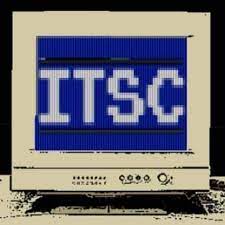

IT organizations in the weeks ahead will be looking to managed service providers (MSPs) to help them maximize existing investments at a time when no one is certain what level of investment can be sustained. If history is any guide, the two areas that IT organizations tend to focus on most whenever there is a downturn in the economy are maximizing the utilization of existing IT infrastructure and application modernization.
Unlocking efficiency
Most of the IT infrastructure employed in on-premises and cloud computing environments is over-provisioned. Many application developers prioritize keeping applications always available, even if they overspend on unnecessary compute and memory resources. The last few years have seen the rise of FinOps as a set of best practices that provides a structured approach to enabling organizations to address that issue, but adoption of this methodology remains uneven. Given the need to maximize the value of existing IT infrastructure resources, more organizations will undoubtedly look to MSPs to help them implement best FinOps practices.
The second area of focus will be ensuring that existing applications run as optimally as possible. The phases of application modernization span everything from conducting audits to determine what software is running to refactoring code in a way that reduces the amount of IT infrastructure needed to run an application. These efforts typically require MSPs to possess a substantial amount of software engineering expertise. Still, the profit margins generated by these types of consulting engagements usually provide high returns on that investment.
Weathering the economic storm
The challenge many MSPs will need to address is pivoting away from offerings that require significant upfront investments from customers. Organizations will be looking to hold on to as much capital as possible to weather any potential economic storm ahead. MSPs will need to squarely focus on initiatives that reduce the total amount of IT spending an organization is currently incurring.
On the plus side, demand for managed services is often countercyclical. When times are good, more organizations tend to hire full-time employees. In more challenging times, there is a greater emphasis on doing more with less, which typically means reducing the size of the payroll. Organizations inevitably look to lean more on externally managed services to fill gaps as needed.
The more proactive MSPs are about having these conversations with their customers, the less disruption there will be. No one can forecast economic spending with any certainty, but there is a herd mentality. The greater the amount of uncertainty, the more cautious business executives tend to be. Organizations will prioritize delaying any project that doesn’t disrupt the flow of revenue.
With hope that the current anxiety passes quickly, MSPs should proactively plan for the worst while still aiming for the best outcomes.
Photo: Dee60141735 / Shutterstock
This post originally appeared on Smarter MSP.

